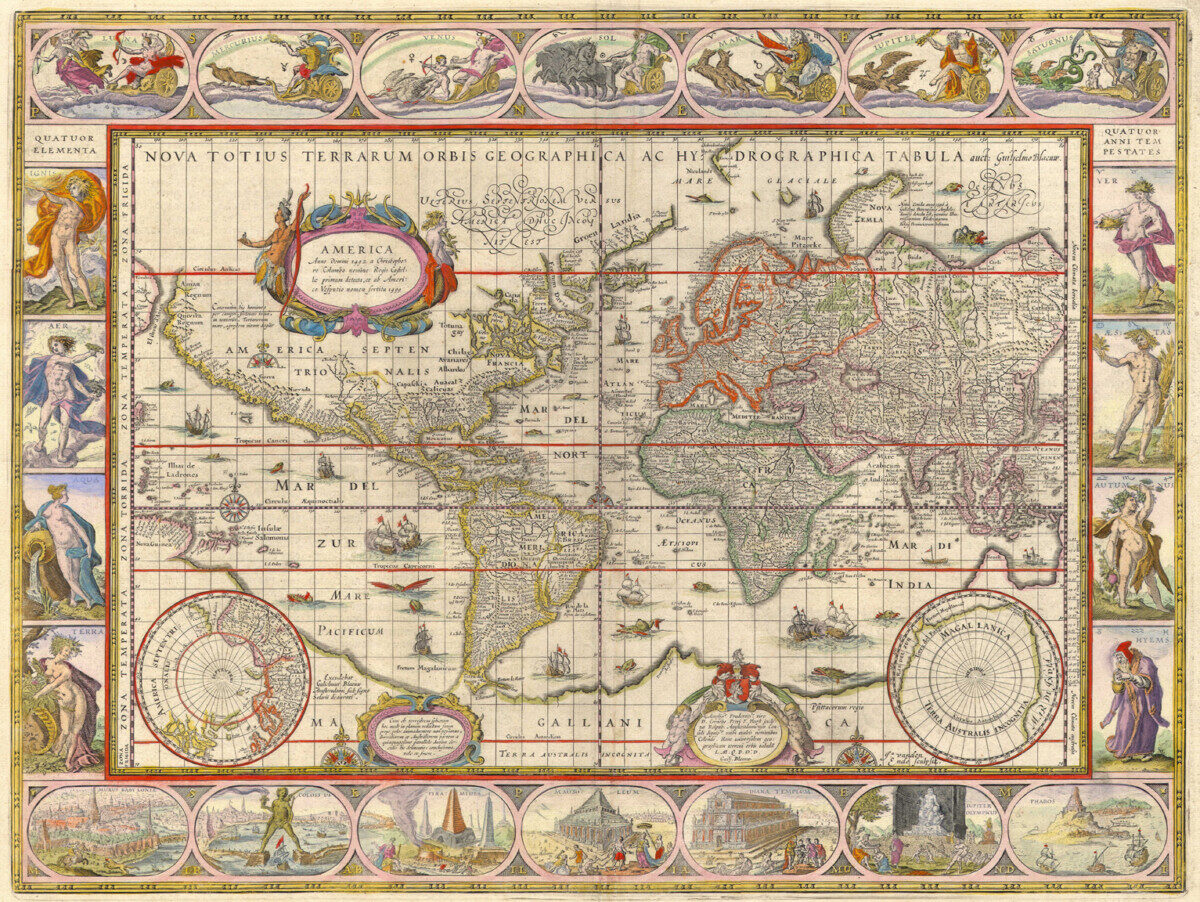Claudia Swan’s lecture fascinated me with the different objects that Dutch high society found enviable and collectible, and the invisible labor it took to get them there. She highlighted shells and ebony wood in particular–showing the beauty and craftsmanship of the art objects while also describing how they exploited slave labor in the ‘West Indies,’ despite slavery being outlawed in the Dutch Republic. This artistic trade was a one-way street, with Dutch collectors bringing back indigenous materials with no compensation to workers who collected or gathered them.
In the Weststeijn reading this week, we read about the intersection between Dutch and “Oriental” art, focusing on East Asia as part of the Christian civilizing mission. Although it was a different relationship between the Dutch-Asian trade and the Dutch-West Indies trade, Weststeijn’s article also discusses the matter of “cabinets of curiosity,” something Claudia Swan talked about to explain the heightened interest of imported art objects in Dutch high society. Rich collectors would bankroll specific items for their collection, effectively initiating art migration from nation to nation. In this way, the transfer between the West Indies and the Dutch Republic and the transfer between Asia and the Dutch Republic was similar–I hope to add some of this nuance, specifically with shells and ebony, to my final paper focusing on how cabinets of curiosity and private collections contributed to global art.
